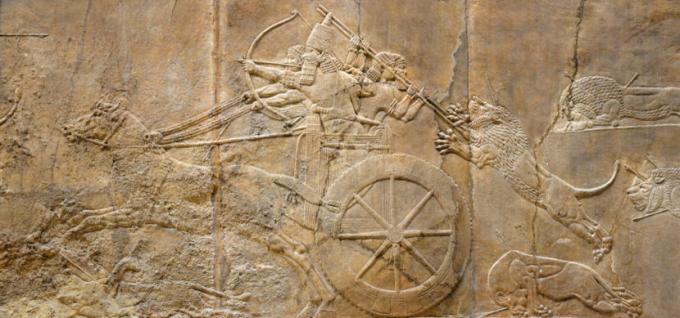THE "Constitution of the Federative Republic of Brazil", "Citizen Constitution" or simply "1988 Constitution" was enacted on October 5, 1988.
It was the seventh constitution of Brazil since its independence in 1822 and the sixth of the republican period.
Summary

Deputy Ulysses Guimarães raises a copy of the Constitution on the day of enactment
The document was prepared by the National Constituent Assembly, democratically elected on November 15, 1986, and chaired by Ulysses Guimarães. At the time, the President of the Republic was José Sarney.
The work of the Constituent Assembly was carried out from February 1987 to September 1988 and marked the country's redemocratization process after the military regime.
Main features
1. Labor rights
The new constitution consolidated several achievements for workers, such as:
- The indemnity allowance of 40% of the FGTS upon dismissal and unemployment insurance;
- Vacation allowance and 13th salary for retirees;
- Weekly journey of 44 hours, when before it was 48 hours;
- 120 days maternity leave and 5 days paternity leave;
- Right to strike and freedom of association.
2. Human rights
In addition, several other achievements have been achieved in the field of human rights:
- End of media censorship;
- Freedom of expression;
- Children's and Adolescents' Rights;
- Direct and universal elections with two rounds;
- Right to vote for the illiterate;
- Optional vote for young people between 16 and 18 years old;
- The practice of racism became an unbailable crime;
- Prohibition of torture;
- gender equality;
- Promotion of female work.
3. Indigenous population
The 1988 Magna Carta determined that the Indians would have possession of the lands they occupied as well as those they traditionally occupied.
It also guarantees the Union the right to legislate on the Indians and guarantee the preservation of their customs, languages and traditions.
4. Quilombolas
Likewise, the 1988 Constitution recognized the right of possession to lands occupied by remnants of Quilombos.
Structure of the Federal Constitution
The 1988 Constitution is structured into nine titles, namely:
- Title I - Fundamental Principles
- Title II - Fundamental Rights and Guarantees
- Title III - State Organization
- Title IV - Organization of Powers
- Title V - Defense of the State and Institutions
- Title VI - Taxation and Budget
- Title VII - Economic and Financial Order
- Title VIII - Social Order
- Title IX - General Provisions
The Constitution governs the country's legal system, establishing rules that regulate and pacify conflicts of interest of groups that make up a society.
Changes to the text of the constitution are provided for by law and can be made through constitutional amendment.
With the exception of the stone clauses (the one that cannot be changed), among them are:
- The State Federative System;
- The direct, secret, universal and periodic vote;
- The separation of powers;
- Individual rights and guarantees.
After 25 years in force, completed on October 5, 2013, the Constitution has already received 75 constitutional amendments.
Check the full updated document by downloading the PDF here: 1988 Constitution.
Read more:
- José Sarney
- Military Dictatorship in Brazil
- Feminism in Brazil
- Brazilian Constitutions
- Redemocratization of Brazil
- Fernando Henrique Cardoso
- Florestan Fernandes
- Death penalty
- LDB (updated in 2019)


